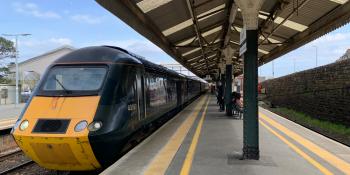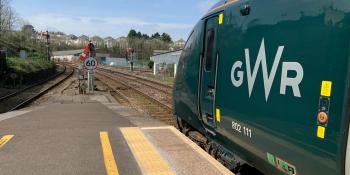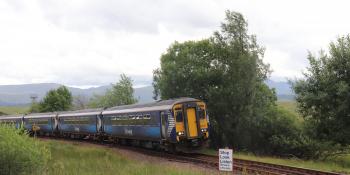Few operators have as diverse a patch as Great Western Railway. With operations ranging from fast inter-city services and the Thames Valley commuter belt through inter-urban and regional services to rural branch lines supported by Community Rail Partnerships, GWR provides a good study in the shift in travel patterns post-pandemic.
Managing Director Mark Hopwood points out that before Covid leisure travel accounted for more than 50% of both passenger journeys and revenue at GWR – and the pandemic has accelerated the trend towards leisure travel. Of course, comparing GWR’s passenger numbers with 2019 levels (as Office of Rail and Road statistics do) does not take into account the transfer of some Thames Valley passengers to Elizabeth Line services, on top of the general drop in commuting into the capital.
In contrast, Mr Hopwood reports that the London to West of England market is now at more than 110% of its pre-Covid level of patronage, while GWR’s branch lines and community rail routes are booming – as is commuting into regional centres such as Exeter.
But business travel has taken an even greater Covid hit than commuting. One of the planks of GWR’s strategy to support business travel was the introd…





